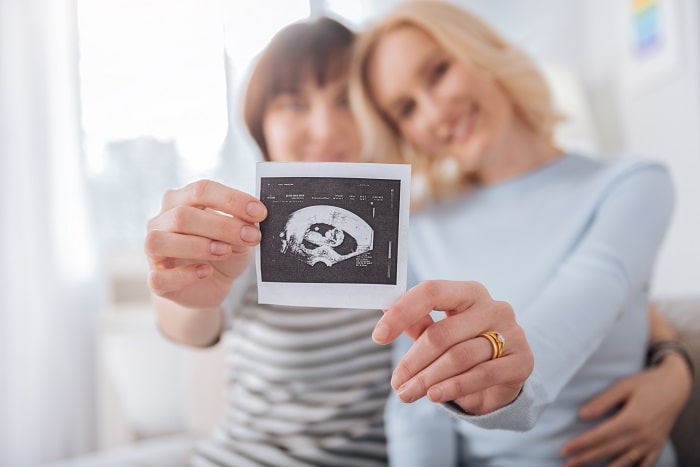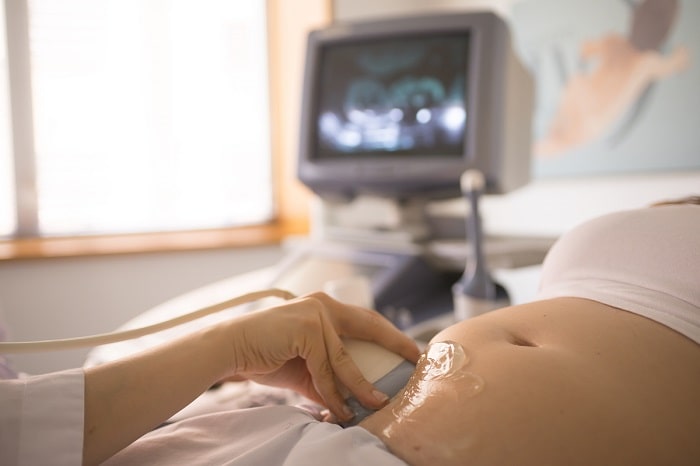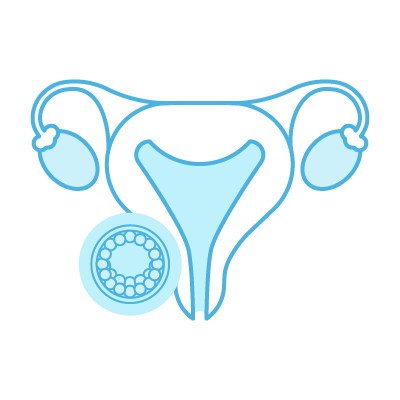

This technique allows a couple formed by two women to share the process of In Vitro Fertilization in an active way, where one of them is the genetic mother who provides the egg for the baby and the other is the biological mother who carries the pregnancy.



Reciprocal IVF, allows same-sex couples to ‘share motherhood’.
This technique consists of an In Vitro Fertilization (IVF) procedure where one woman contributes with her oocytes and the other women contributes with her uterus. Thus, both women can actively participate in the process, in order to achieve a full term pregnancy and a healthy baby at home.
Shared motherhood is characterized by the fact that both women share the IVF process in an active way. One of them will be the genetic mother of the resulting child and the other and the second one the gestational mother.
The woman contributing with her oocytes will undergo the same process as a conventional IVF treatment. First, she will undergo ovarian stimulation in order to produce follicles in an attempt to obtain an optimal number of oocytes. The patient will be regularly followed up during the whole procedure by means of U/S scan and hormonal blood tests. Once the follicles have reached the appropriate size, the mature oocytes are retrieved from the ovaries. It is a very simple and quick procedure – it takes no more than 15 minutes– and it is done under sedation.

The cryopreserved (frozen) sperm sample from an anonymous donor, after being thawed, is prepared inside the lab to separate out and select the optimal the best sperm cells for fertilization. Then, sperm and oocytes are joined for several hours in an incubator that provides optimal conditions for fertilization.

Once the oocytes are obtained, and the sperm from an anonymous donor is prepared (capacited), they are fertilized and kept under observation inside the lab until the day of transfer. In the meantime, the woman who will receive the embryo starts treatment to prepare her uterus and increase the chances of embryo implantation. The preparation of the endometrium requires the administration of hormones, such as oestrogens and progesterone, to obtain appropriate endometrial thickness. Once the uterus of the gestational mother is ready for implantation, we will select the best quality embryo to be implanted inside the uterine cavity. The Embryo Transfer is a quick, painless procedure that does not require any anaesthesia or recovery time. Approximately 15 days after embryo transfer, a beta-hCG test will be performed to confirm pregnancy.